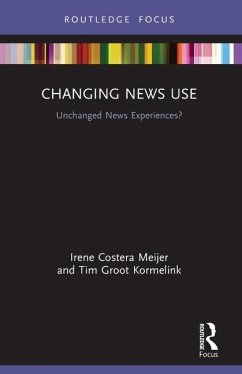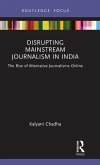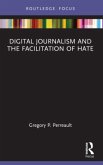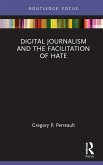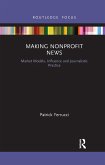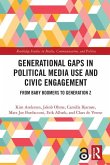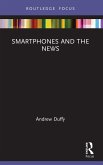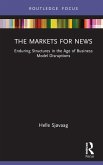Changing News Use pulls from empirical research to introduce and describe
how changing news user patterns and journalism practices have been
mutually disruptive, exploring what journalists and the news media can
learn from these changes.
Based on 15 years of audience research, the authors provide an in-depth
description of what people do with news and how this has diversified
over time, from reading, watching, and listening to a broader spectrum
of user practices including checking, scrolling, tagging, and avoiding.
By emphasizing people's own experience of journalism, this book also
investigates what two prominent audience measurements - clicking and
spending time - mean from a user perspective. The book outlines ways to
overcome the dilemma of providing what people apparently want (attentiongrabbing
news features) and delivering what people apparently need (what
journalists see as important information), suggesting alternative waysto
investigate and become sensitive to the practices, preferences, and pleasures
of audiences and discussing what these research findings might mean for
everyday journalism practice.
The book is a valuable and timely resource for academics and researchers
interested in the fields of journalism studies, sociology, digital media, and
communication.
how changing news user patterns and journalism practices have been
mutually disruptive, exploring what journalists and the news media can
learn from these changes.
Based on 15 years of audience research, the authors provide an in-depth
description of what people do with news and how this has diversified
over time, from reading, watching, and listening to a broader spectrum
of user practices including checking, scrolling, tagging, and avoiding.
By emphasizing people's own experience of journalism, this book also
investigates what two prominent audience measurements - clicking and
spending time - mean from a user perspective. The book outlines ways to
overcome the dilemma of providing what people apparently want (attentiongrabbing
news features) and delivering what people apparently need (what
journalists see as important information), suggesting alternative waysto
investigate and become sensitive to the practices, preferences, and pleasures
of audiences and discussing what these research findings might mean for
everyday journalism practice.
The book is a valuable and timely resource for academics and researchers
interested in the fields of journalism studies, sociology, digital media, and
communication.

